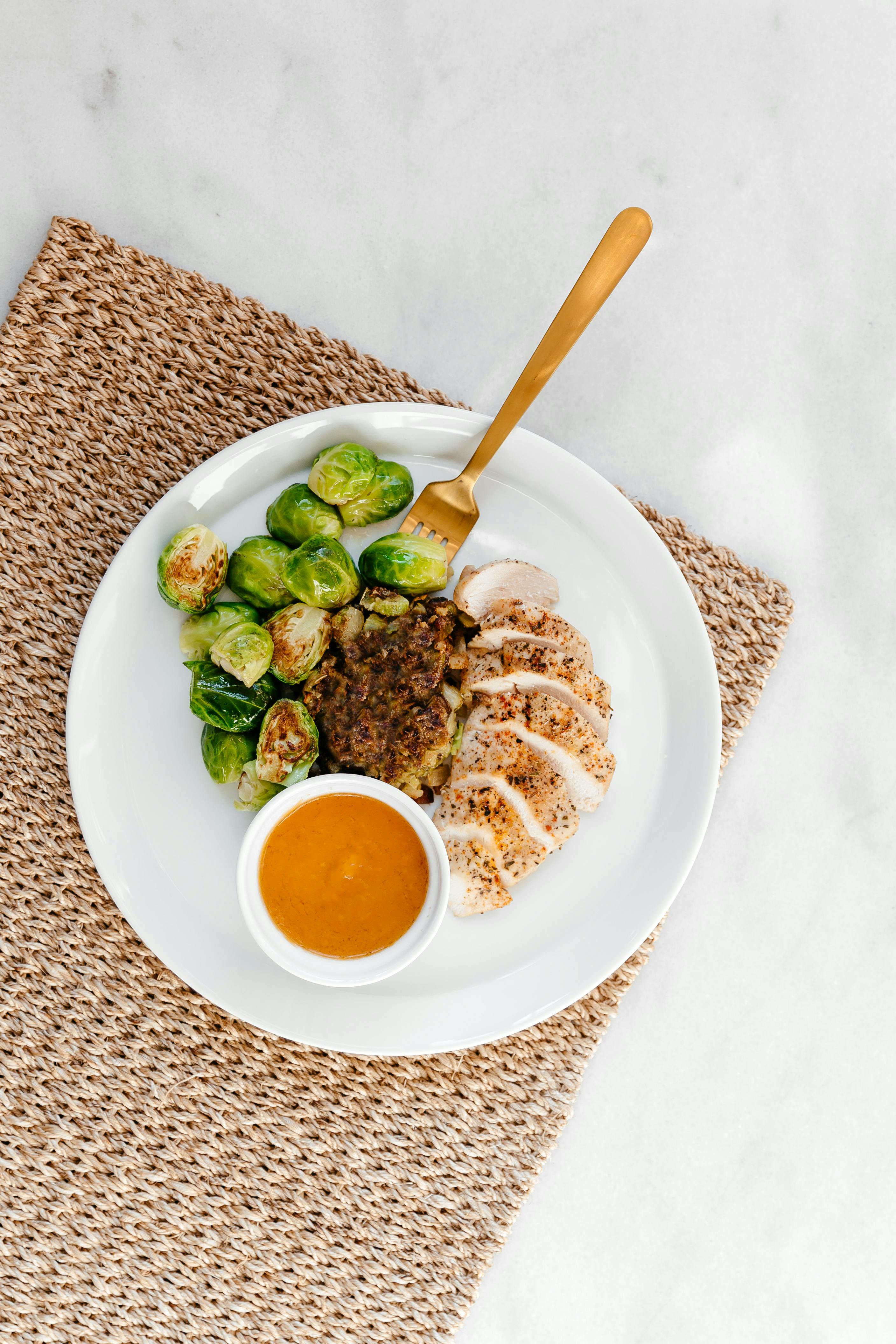
How to safely transition out of Ketosis
By Carina Morgan
December 28, 2020
Maybe you’ve seen some great benefits from adopting a ketogenic diet, and now that you’ve reset your system, you’re ready to move on to find a more sustainable long-term approach. Or, perhaps you’ve decided to take a cyclic approach to your ketogenic lifestyle, opting to get yourself into ketosis 3-4 weeks a few times per year.
No matter the reason, it’s important to know how to safely transition your body out of ketosis so as not to shock your system and wreck the progress you’ve seen while following the diet.
We detailed the best protocol for getting yourself into ketosis so your body can run on fat for fuel. Reversing the process and getting your body back to burning glucose also requires some thought, planning, and effort.
If you don’t prepare your body for the transition, it won’t know what to do with all that glucose. Your insulin levels will be all over the place, which could set you up for insulin insensitivity down the road … which invites a whole slew of other health issues.
One of the main benefits of exploring a ketogenic diet is that when you come out of it, you can discover your unique tolerance for carbohydrates. One of the amazing things about nutrition is that one size never fits all, and we all have different needs when it comes to macro and micronutrients.
Some people can eat a high-carbohydrate diet and feel great, while others get sluggish and lethargic when they incorporate too many starchy foods. By going through the process of eating super low carb, whether or not you enjoyed it, you give your body and brain a clean slate to figure out the amount of carbs that makes you feel your best.
How to determine your unique carbohydrate tolerance
- If you’re coming out of a keto diet, you’re eating between 5-10% carbohydrates. We’ll use percentages as a baseline, since everyone is a little different in terms of how percentages translate to grams.
- We want to strategically increase the percentage of carbs you consume in small increments so that you can assess how your body responds. Additionally, if you want to STAY in ketosis, but play with your macronutrient ratios, going up in small increments will help you see where your highest carb tolerance is while still remaining in ketosis.
- I recommend adding 5% carbohydrates back and staying there for one week at a time. After that week, evaluate how you are feeling, and either continue increasing your carbohydrates, stay where you are at, or go back down.
- Keep doing this until you find your unique carbohydrate tolerance that allows you to maximize your carb intake while still feeling energetic.
An example could look like this:
Keep in mind, for this experiment, we’ll keep protein the same, and only manipulate the carb and fat amounts, to keep our self-experiment consistent. If you want to play around with adding more protein, you can certainly do that as well.
Week 1
Increases carbohydrates to 10%, while eating the same overall amount of food per day. Weight remains stable, Duncan still feels steady energy, and has great digestion.
Week 2
Increases carbohydrates to 15%, eating the same overall amount of food per day. Duncan still sees stable weight and continues to have an abundance of energy, maybe even a little more pep for workouts.
Week 3
Increases carbohydrates to 20%, eating the same overall amount of food per day. Still feeling great, and loving having more flexibility with carbohydrate consumption (greater variety of fruits and veggies, some starch here and there).
Week 4
Increases carbohydrates to 25%, and things feel a little off. Energy starts to dip in the early afternoon, and Duncan feels a little lethargic for the rest of the day.
At this point, I’d have Duncan go back to 20%, and then toy around with 22% if desired. If he is happy at 20%, then that’s a great place to stop and stick to moving forward.
Keep in mind there is no right or wrong outcome with this trial of finding your carbohydrate tolerance and discovering the path forward that makes you feel your best. No matter if you feel better on a high fat or high carb diet, what’s most important is that you choose a long-term style of eating that matches your lifestyle and your body.
Low-carb for the long-term
A low carbohydrate/high-fat diet that hovers around 20-25% carb and 55-60% fat works really well for a lot of people who enjoy high fat diets. Again, not EVERYONE thrives on a high fat diet, but after experimenting with keto, you’ll know if your body prefers burning sugar or fat for fuel based on how you feel during a keto-style diet.
If you discover you feel great on a lower carbohydrate diet (that’s higher carb than keto), we have a robust low carb menu available so when customers transition out of keto, they have a new pool of meals that continue to support their goals with food that makes them feel amazing!